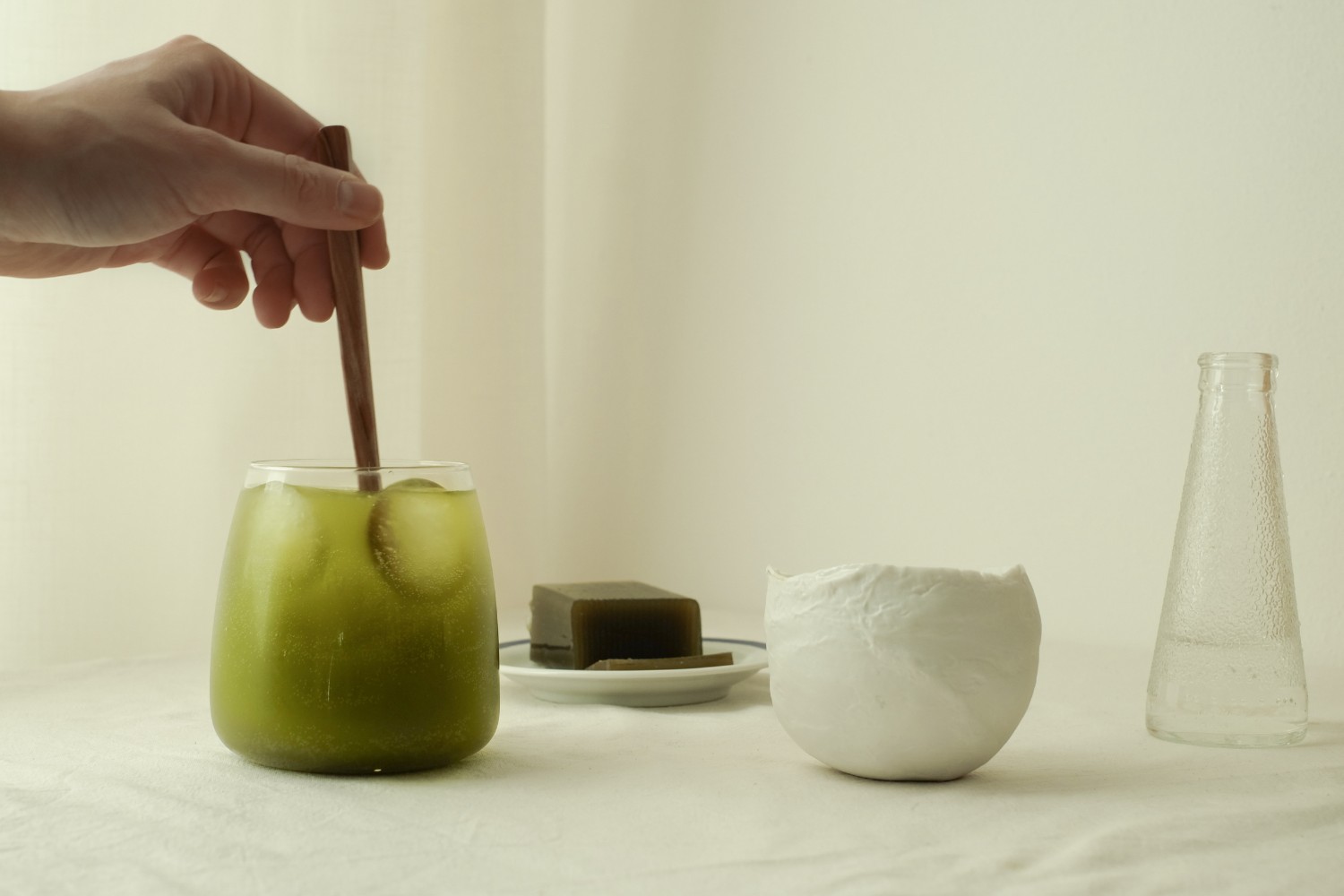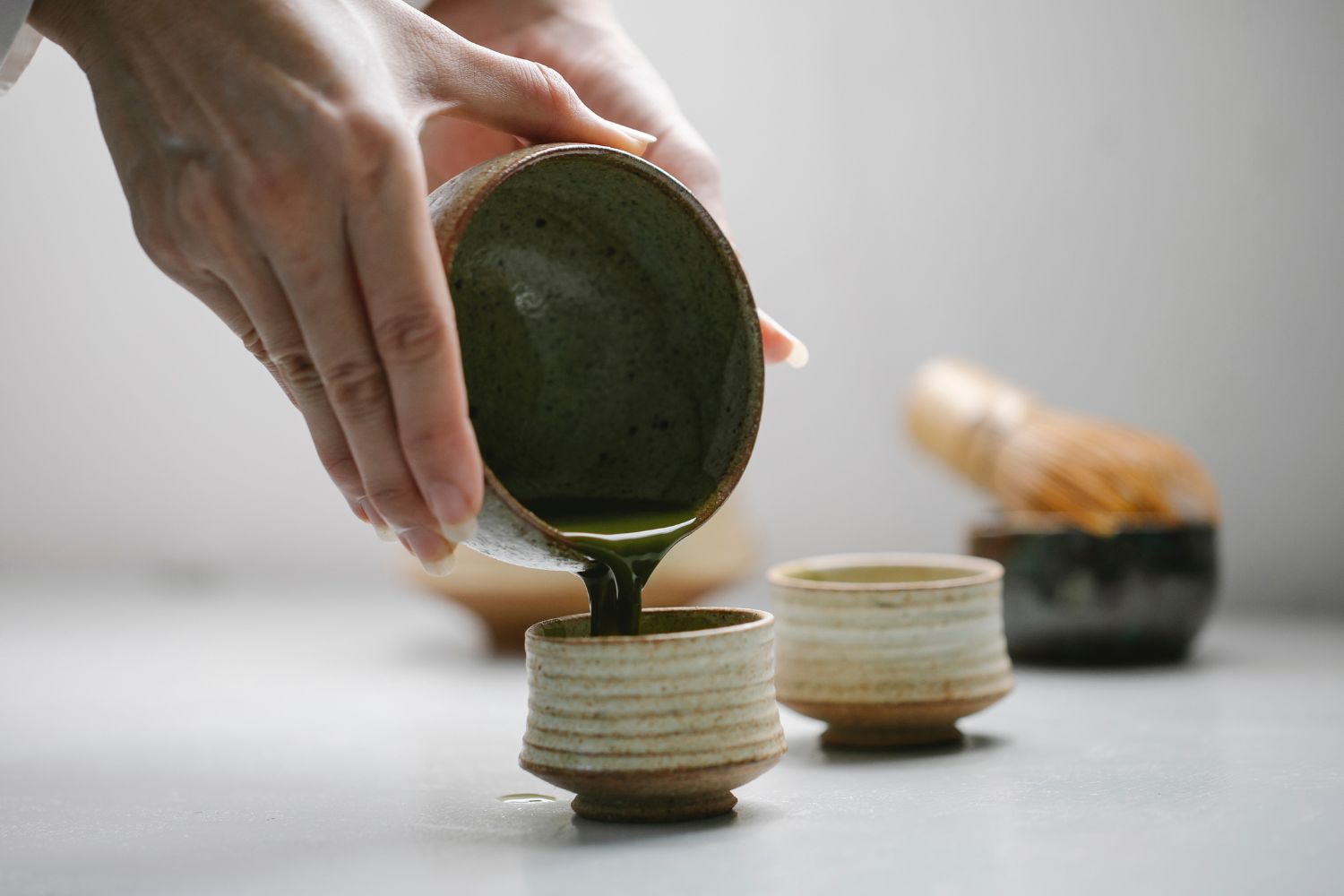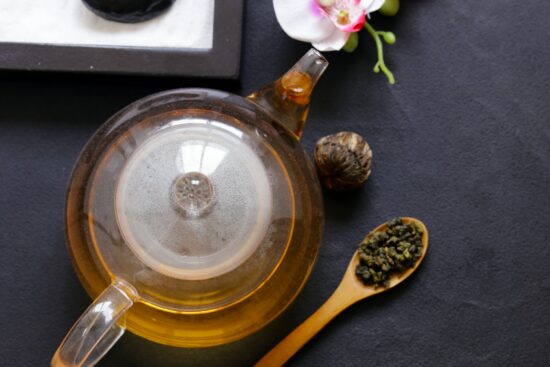
Matcha is a bright green powder made by finely grinding whole tea leaves grown and processed in Japan. This powder is then whisked with hot water to produce the popular green tea used in Japanese tea ceremonies and a variety of foods and drinks. Some matcha drinkers describe its flavor as “ocean-like” or similar to seaweed. The savory, umami taste differs from the sweet grassy flavor of regular steeped green tea.
In this article, we’ll explore whether matcha truly tastes like seaweed. We’ll compare the processing methods used for matcha versus sencha green tea and analyze the compounds responsible for its rich, savory profile.
Quick answer: Yes, matcha does have some similarities to the taste of seaweed, but the flavor is more complex overall. Though matcha powder made from whole leaves contains savory, umami compounds like those found in nori, it also has a balance of bitter, sweet, and vegetal notes from compounds like L-theanine and catechins. The processing method used to make matcha green tea releases more flavors and creates a fuller, richer taste profile compared to simply steeping green tea leaves. While matcha’s oceanic, brothy flavor profile lends itself to comparisons with seaweed, a side-by-side tasting shows that matcha has a more layered, nuanced umami taste.
The Umami Taste of Matcha
Unlike steeped sencha green tea’s sweet, grassy flavor, matcha has a distinct umami taste. Umami is considered the fifth basic taste after sweet, sour, salty and bitter. It imparts a savory, brothy flavor and is found in ingredients like seaweed, mushrooms, and aged cheeses.
The rich umami flavor of matcha comes from using the entire green tea leaf to make the powder. Sencha is made by steeping processed whole leaves while matcha powder retains the leaf veins, stems, and stalks. These parts contain higher levels of amino acids like L-theanine, which impart an umami taste.
Comparing Processing Methods
Matcha is made from shade-grown green tea plants whose leaves are picked, steamed, dried, destemmed, and finally stone-ground into a fine powder. Sencha uses a similar process but leaves out the grinding step, instead rolling the dried leaves before packaging them.
The grinding technique used for matcha breaks down the cell structure of the leaf to release more flavor and nutrients. This also exposes the natural umami compounds. Sencha preserves the whole leaf shape better but does not unlock as much flavor.

Analyzing the Umami Compounds
L-theanine and catechins are two of the major compounds responsible for the rich umami taste of matcha. L-theanine is an amino acid found almost exclusively in tea plants. It enhances the savory flavor and produces a mouthfeel similar to broth.
Catechins like EGCg are antioxidant plant compounds. In matcha, they contribute a bitter yet savory taste that balances out the sweetness. Together, these components create a multi-layered umami flavor profile.
What Tea Experts Think
According to several Japanese tea masters, “Matcha does have hints of nori seaweed, especially the vegetal, brothy, oceanic notes. However, it is much more complex in flavor due to the unique combination of amino acids, polyphenols, and sugars found in shaded green tea.”
He adds, “High quality matcha has a balance of bitter and sweet that sets it apart from straight umami flavors. The ground whole leaf provides a fuller, richer taste than steeped sencha or other green teas.”








Leave a Reply